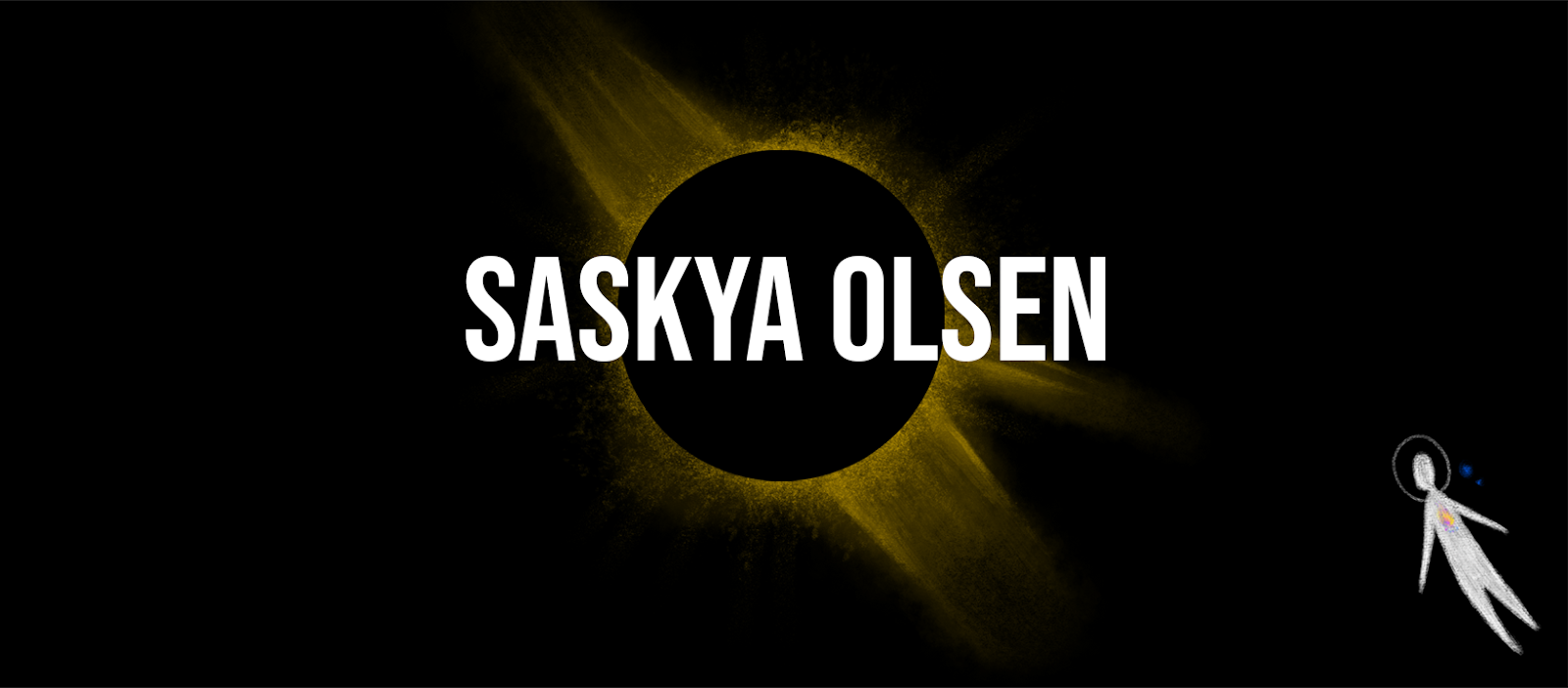Anination Workshop: Bouncing Characters
By adapting last week's GIF through colour changes and additional characteristics, I was able to create three new outcomes, each with their own personality. I enjoyed the freedom of this task, as nothing was off limits. I kept my characters simple, making their movements easy to understand.
Animator Research:
Bill Plympton
An American director and writer working in the animation industry. imdb describes his work as "absurdist realism and over-the-top slapstick". Bill is best know for his work on the 1987 short Your Face, which was Academy Nominated. Along with moving image, Bill has also had illustrations published in magazines including the New York Times, Rolling Stone, Vogue and Penthouse. By 2012, Bill had created over 40 films and 6 animated features. He has also published his own comic book, The Sleazy Cartoons Of Bill Plympton. Inspiration for his work derives from Walt Disney Studios, along with Tex Avery, Bob Clampett and Robert Crumb.Bill's work is stylised to look traditional, as though his film has been created out of pencil or crayon. Line art is raw and expressive, kept exposed and very visible to viewers. Its presence is amplified by its continuous and fluid movement, contrasting with the stiff motions of characters. Bills use of childish anatomy is an odd match to the mature themes and visuals presented in his films. This creates an almost disturbing aura about his work; long close-ups of character faces, dark and dramatic shadows, and exaggerated positions and expressions. Certain stills are re-used for more than one frame, creating strange stillness amongst an otherwise busy animation. Bill also shows multiple transitions between different mediums, including coloured and graphite pencils, even between textures and colours of paper. Bills work is poetic and expressive, often not linear in storytelling and difficult to fully understand.
Stills from Bill Plympton's Cheatin'
Richard Williams:
A Canadian-British animator, voice actor and writer, best known for the famous Who Framed Roger Rabbit (1988). Richard went on to publish The Animators Survival Kit in 2002, a manual of methods and techniques he gained through his career in the industry. His film The Little Island from 1958 is what launched his career, it received the 1958 BAFTA Award for best animated film. Richard's talents were visible from an early age, earning a living as a commercial artist at 16. Richard was also raised by two parents in the Illustration industry.
Richard has a signature style, recognisable by everyone. It is also very reminiscent of Disney. Movement is fluent and smooth, pleasant to watch. There is also a childish and extreme exaggeration of characters and their expressions. Richard frequently used large eyes and exaggerated traits for his characters. Animation is never sharp, instead, it seems almost spongy. There is a possible use of rotoscoping from Richards ability to capture such accurate and believable movement from made-up characters.








Comments